Once the red lights go out the pit wall is a team’s closest point of contact with their cars on track. But what are those in the box seats doing during a race? Ferrari Sporting Director Laurent Mekies reveals all...
Seventy years of Grand Prix racing history have bestowed upon Formula 1 certain tropes and motifs. It has the grid and the chequered flag. There are pit stops, podiums, champagne and a substantial amount of fanfare. And at the traditional heart of race management and strategic magic, it has the pit wall.
Over the decades, however, the composition of the people afforded the best seats in the house has changed. Gone are the days of wily moustachioed team owners and glamorous wives and girlfriends clutching stopwatches and lap charts and in their place are larger, more technical and more specifically focused groups of team personnel. The symbolism, though, remains unchanged and whenever TV cameras or photographers want to convey the tension of a race, the shredded nerves of the team as a collective, they point the lens straight at the pit wall.
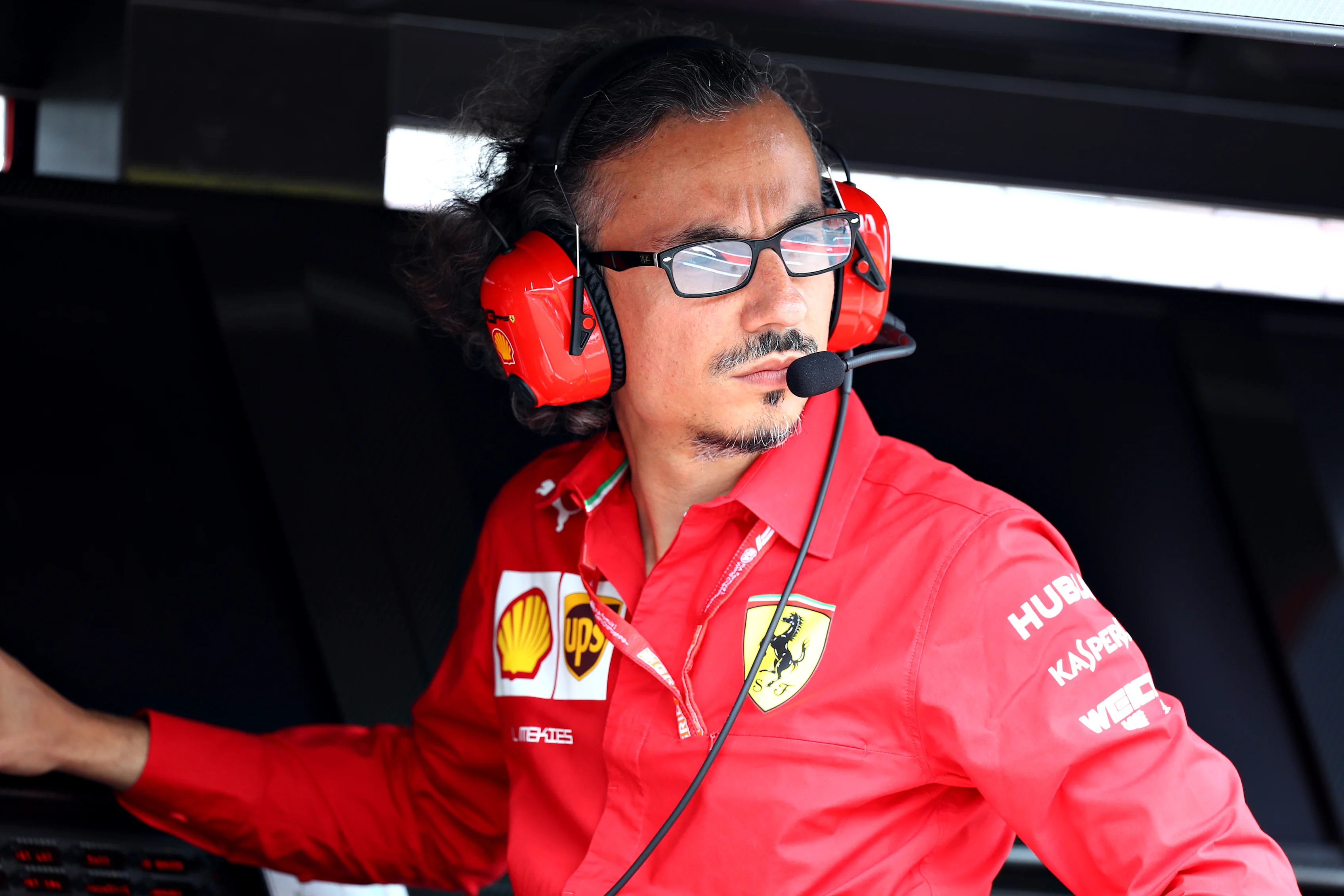
Best seats in the house
In modern F1, every team treats their pit wall differently. Some feature a stripped core team of four, others as many as seven. Some teams reserve pit wall places for the same team members during every session while others have blank spaces or a revolving cast of characters. A seat on the wall could be an operational nest or a demonstration of soft power. Some very senior team staff will confess to taking their seat on the pit wall simply to get out from under the feet of a busy crew working in a cramped garage.
But is it necessary? Proximity to the track was obviously essential when lap charts were written by hand and commands to pit signallers delivered verbally – but in an age of radio communications, timing screens and GPS, is the presence of a pit wall required at all?
READ MORE: Why 2020 will be a defining year for Ferrari’s ‘man of the people’
Ferrari Sporting Director Laurent Mekies sits towards the centre of the Scuderia’s seven-seat pit wall. He acknowledges technology may have overtaken the original purpose – but argues that placing senior staff on a track-side island still has merit.
Race engineers have to be able to see that the set-up changes they’ve requested are being made, and they have to have eye-contact with the number one mechanic and the driver
“Of course, there is definitely a legacy aspect to it but it’s a legacy we’re all attached to because – and people sometimes forget this – we’re Formula 1 fans too. This is how it is supposed to be in F1,” he says. “On top of that, I think there are many good reasons for having a pit wall. It would be very easy to become lost in numbers and computers if we were sitting in a truck or the back of the garage. You could lose sight of the obvious things: something happening in the pit lane; a sudden change in the weather; even a car – maybe your car – coming past the wall making a different sound. You have to be out there to see it, and hear it, and smell it and really feel it.”
And the Ferrari personnel afforded that close contact are largely those directly connected to what’s happening on track. If you were to stand in the Ferrari garage, staring at the backs of those on the team’s pit wall, from left to right you’d see: Charles Leclerc’s Race Engineer Xavier Marcos Padros; Head of Track Operations Claudio Albertini; Head of Race Strategy Iñaki Rueda; Chief Race Engineer Matteo Togninalli; Mekies; Team Principal Mattia Binotto, and Sebastian Vettel’s Race Engineer Riccardo Adami.
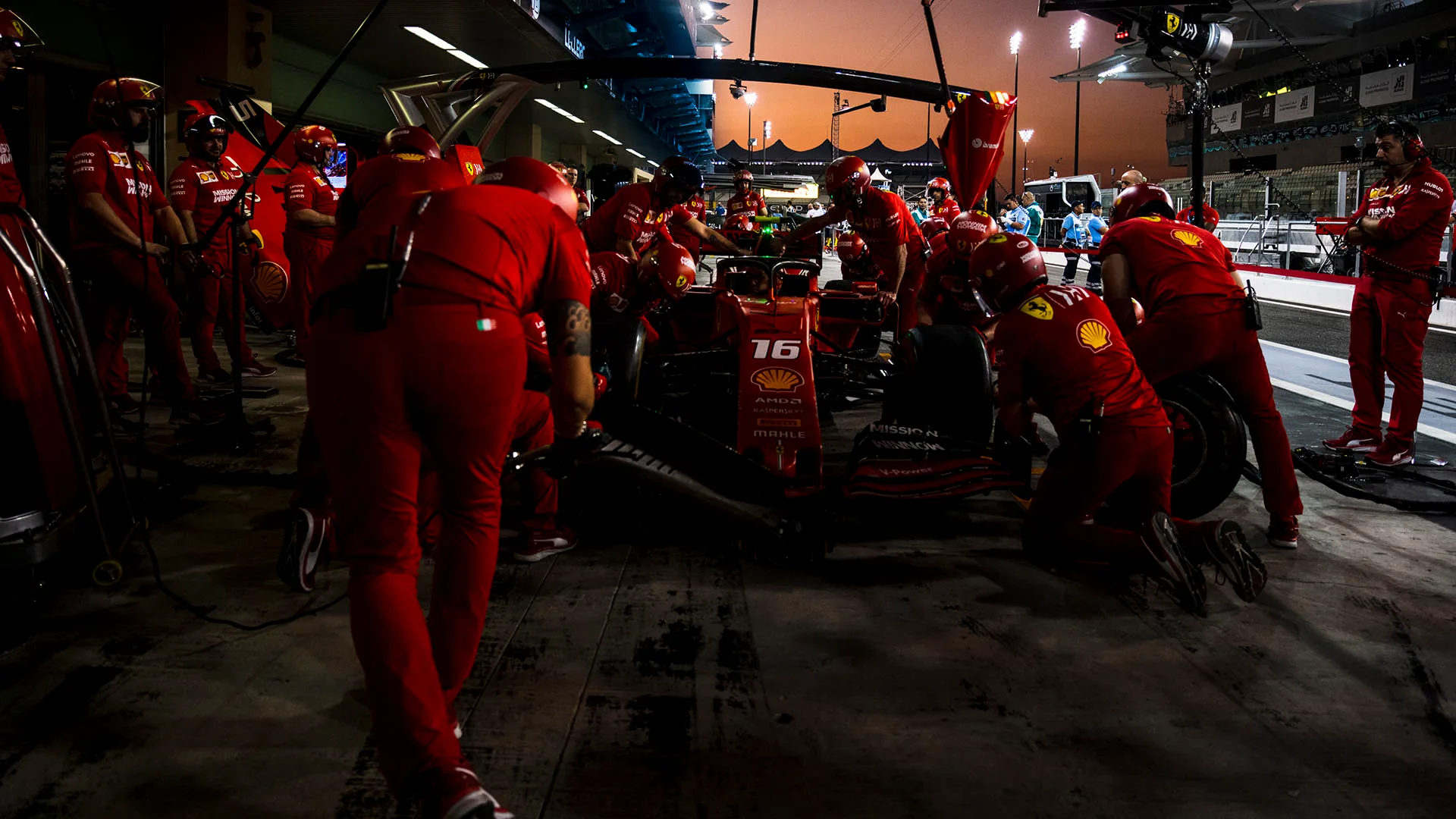
At the heart of the action
The race engineers fulfil a markedly different role to the other five personnel on the pit wall. In common with other teams, they only go up onto the wall for the race. For practice sessions, and particularly for qualifying, they’ll be working next to the car.
“Proximity to the car is important,” says Mekies. “Race engineers have to be able to see that the set-up changes they’ve requested are being made, and they have to have eye-contact with the number one mechanic and the driver. For the race, they join us on the wall. I think otherwise they’d feel lonely in the garage without a car there!”
READ MORE: The insider’s guide to… Technical Directors
Perhaps counter-intuitively, sitting together on the pit wall doesn’t always make discussion easier. Regardless of proximity, every exchange is going to be carried out via intercom, often with people in the garage or back at the factory also part of the conversation. Despite that fact, the seating plan on the pit wall is designed to cluster together those working as a group, making it easier to communicate with a gesture at a data screen, or even a raised eyebrow. Placing the race engineers at the ends of the pit stand is also a common tactic – it allows them a view of the track but also makes them semi-detached from the body language around them and thus more able to work without distraction.
“Like any difficult working environment, we try to minimise the amount of talking and, as far as the pit wall is concerned, we especially try to apply that to the race engineers, disturbing them as little as possible,” Mekies explains. “However, the five of us that sit between the race engineers talk to each other a lot. When it comes to communications, the majority of my time will be spent talking to these four other people.”

The Scuderia’s front line
Ferrari have more people on the pit wall than some of their rivals. With every race team restricted to a specific number of operational staff, this isn’t a case of having more people at the track but rather a choice of how to deploy them. F1 doesn’t have a one-size-fits-all approach to job descriptions, with every team doing it slightly differently. Roles fulfilled by one person in one team might be split between several in another. Broadly, the seats on the pit wall represent each of the primary areas of operation.
In Ferrari’s case, the Head of Track Operations monitors the work of the mechanics and garage technicians and, during the race, he or she is responsible for pit stops. The Head of Strategy coordinates the work of a strategy department, most of whom will be in Maranello, working on individual analysis for the drivers, or studying the opposition. The Chief Race Engineer, meanwhile, acts as a bridge between the two race engineers, providing a conduit for information to pass from one side of the garage to the other – but also working as the primary point of contact for the back-room team providing race support from the factory.
Everyone configures their screens individually, to show what they want to see – so if someone moves one of your windows, you’re not happy!
The Sporting Director will look at the overall cohesiveness of the team, interpret rules and, where necessary, liaise with race control (some teams integrate this and the head of track operations task, with the titles Sporting Director and Team Manager being largely interchangeable). The Team Principal has overall responsibility but perhaps takes the least active role of anyone on the pit wall in the normal course of a race – with interventions limited to the difficult decisions that, of necessity, have to be made by the ultimate authority.
Key to making those decisions effectively is having all of the information to hand. While back-room staff will be looking at the minutiae of sensor data, the pit wall personnel tend to take a more holistic approach.
“I’ll be looking at our cars relative to other cars, and trying to have a global view of where we are compared to others; the race engineers are looking more specifically at their own car, how it and the driver are performing,” says Mekies. “The common point is that we have an abundance of information. We have all the telemetry, the GPS data, all the radio comms from every team, even the weather radar. Selecting the information you need is part of trying to work efficiently – particularly in the tough moments. Everyone configures their screens individually, to show what they want to see – so if someone moves one of your windows, you’re not happy!”
READ MORE: Why Leclerc and Verstappen deals leave Mercedes with a big decision
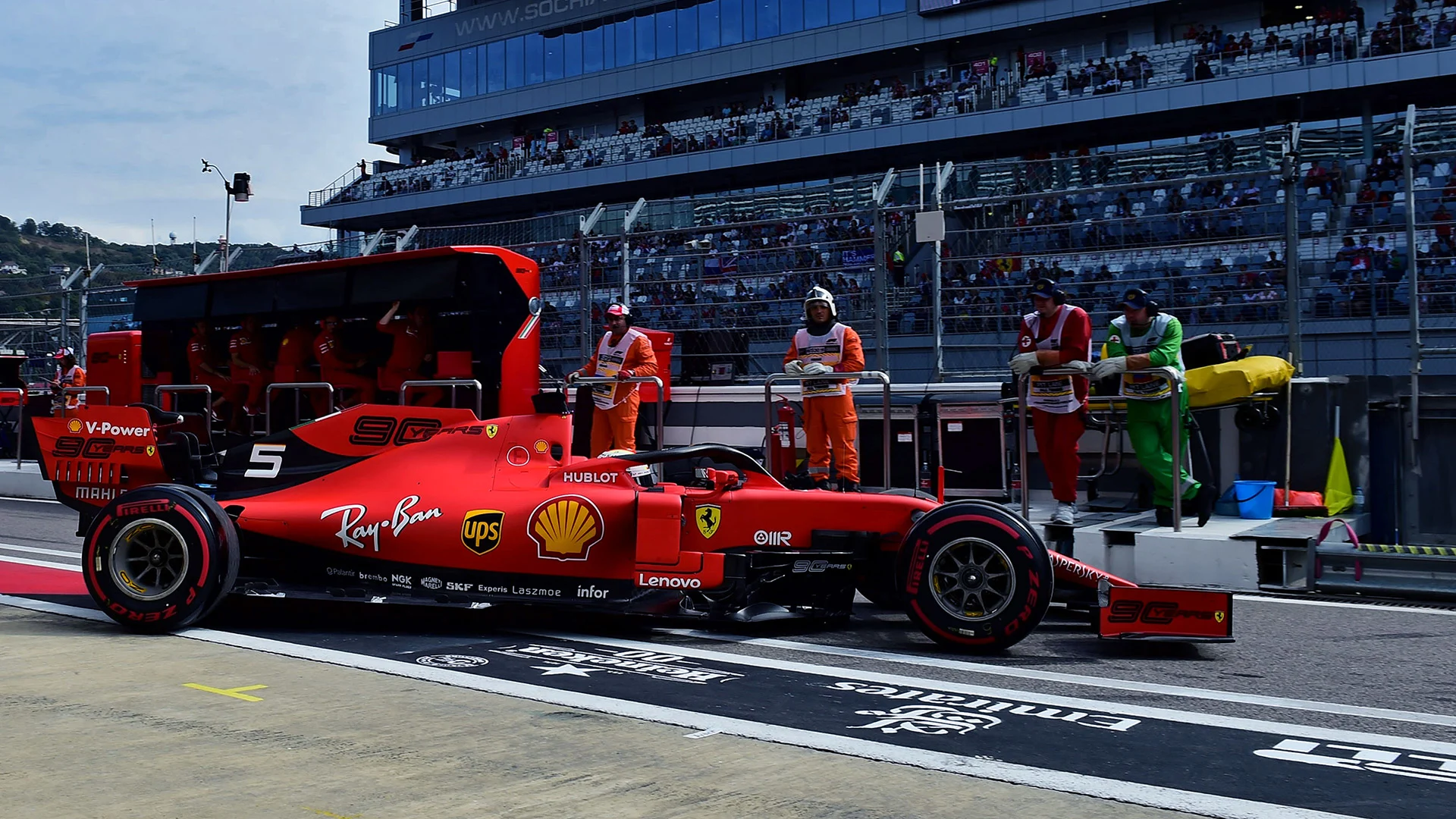
The eyes of the world
The one screen everybody has open is the global feed. A quirk of F1 is that the people on the pit wall – and in the garage – receive the same broadcast as everyone at home. Given the transmission delay of beaming the image around the world, that does occasionally lead to a momentary disconnect.
“It’s always interesting when you’re outside, bathed in the atmosphere,” Mekies smiles. “You hear the huge roar of the crowd when something happens, before you see the image, and the whole length of the pit wall tenses as they wait for images to catch up, because the race can change in that second. It’s a little more real being outside and having that.”
WATCH: A LETTER TO MY YOUNGER SELF – Jody Scheckter
While crews in the garage tend to wear their hearts on their sleeve, the people on the pit wall, even in those heightened moments, tend to project an air of calm detachment. TV directors have become adept at spotting tell-tale signs that give lie to this, focusing on machine-gun toe-tapping, the drumming of fingers and heads being buried in hands. But despite the tension and the harsh spotlight pit wall crews are sometimes exposed to it’s rare that any of those with access to the best seats in the house would give up the post, as Mekies concludes. “There are cars flashing past on the straight and behind you in the pit lane. The noise from the crowd in the grandstands is deafening, crews are changing tyres, and you’re in the middle of all of that. Where else would you want to be?”
Next Up
Related Articles
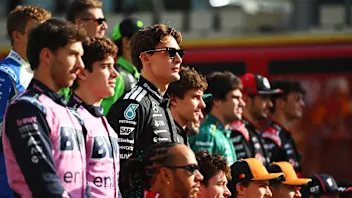 REVEALED: The best driver line-up for 2026 as voted for by you
REVEALED: The best driver line-up for 2026 as voted for by you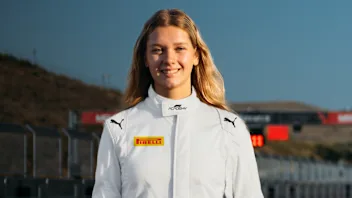 F1 AcademyPUMA select Rachel Robertson for 2026 season
F1 AcademyPUMA select Rachel Robertson for 2026 season Alpine part ways with Doohan ahead of 2026 season
Alpine part ways with Doohan ahead of 2026 season.webp) 20 of the most exciting talents on the road to F1 in 2026
20 of the most exciting talents on the road to F1 in 2026Stoffel.webp) UnlockedInside the F1 driver’s bubble – The Reserve Driver
UnlockedInside the F1 driver’s bubble – The Reserve Driver/16x9%20single%20image%20(17).webp) Racing Bulls unveil race suits for 2026
Racing Bulls unveil race suits for 2026
.webp)